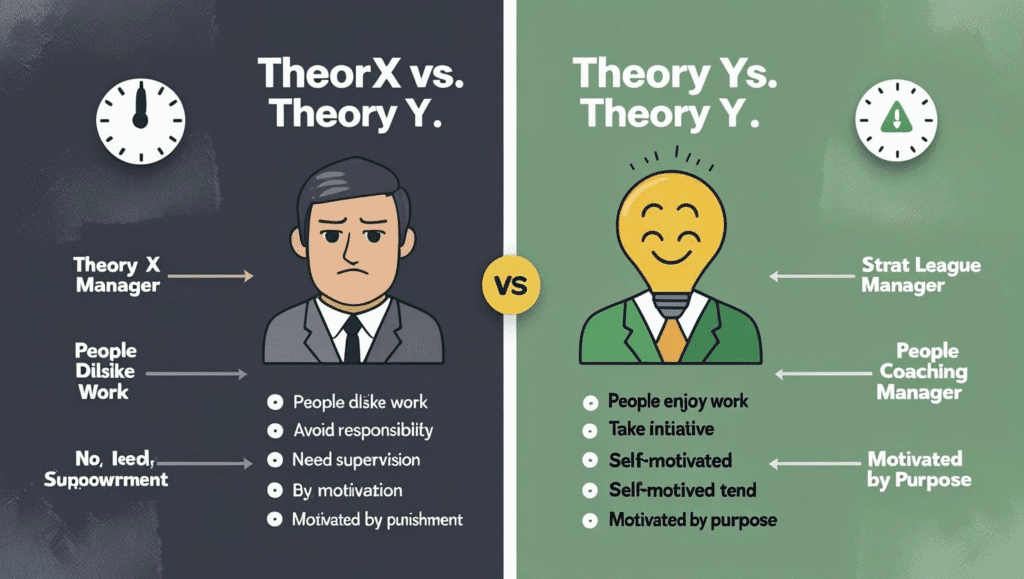A Summary of the Controlling Process: The 4 Steps to Achieve Your Goals
In management, “controlling” is the essential process that ensures plans are actually achieved. It’s the systematic cycle of setting standards, measuring performance, and taking corrective action to keep an organization on track. This summary outlines the four fundamental steps that form the core of the controlling function, turning goals into reality.
A Practical Example: The Coffee Shop Challenge
To illustrate the process, we’ll use a single, consistent example: A local coffee shop in Portland, Oregon, sets a goal to improve customer satisfaction by reducing wait times during the morning rush (7 AM – 9 AM).
-
Step 1: Establish Performance Standards
The first step is to define what success looks like in clear, measurable terms. A standard is a target against which performance will be compared. Without a clear standard, you have nothing to measure against. These standards should be derived from the organization’s goals.
Example: The manager sets a specific standard: “The average customer wait time, from placing an order to receiving it, will be 3 minutes (180 seconds) or less during the morning rush.” They also decide how to measure it: by timing 20 random orders each morning for a week. -
Step 2: Measure Actual Performance
Once standards are set, the next step is to collect data on actual performance. The measurement must be accurate and consistent with the standard you’ve established. This can be done through personal observation, statistical reports, or written analysis.
Example: The staff conducts the timings for a week. After compiling the data, they find that the actual average wait time is 4 minutes and 30 seconds (270 seconds). -
Step 3: Compare Performance to Standards
This is the critical analysis step. The measured performance is compared to the established standard to identify any deviations. The manager must determine if the deviation is significant enough to warrant action. A small, acceptable variance might be ignored, but a significant gap requires attention.
Example: The manager compares the standard (180 seconds) with the actual performance (270 seconds). They identify a significant negative deviation of 90 seconds. The shop is 50% slower than its goal, which is unacceptable. -
Step 4: Take Corrective Action
If the deviation is significant, the final step is to take action. This is the “control” part of controlling. The action can take several forms: changing the original plan, reallocating resources, improving the process, or even revising an unrealistic standard.
Example: The manager observes the workflow and finds a bottleneck at the espresso machine. They take two corrective actions:- Process Improvement: They retrain the baristas so one person can steam milk while the other is pulling the espresso shot.
- Resource Adjustment: They add a second milk steaming pitcher to the workstation to reduce cleaning delays between drinks.
A Continuous Cycle
It’s crucial to understand that this is not a linear process that ends at Step 4. After corrective action is taken, the manager must go back to Step 2: Measure Performance again. This creates a continuous feedback loop, allowing for constant improvement and adaptation.
Conclusion: The Engine of Execution
The controlling process is the engine that drives the execution of any plan. It provides the structure for accountability, the data for insight, and the mechanism for adaptation. By systematically moving through these four steps, managers can transform goals from abstract ideas into measurable, achievable outcomes, ensuring their organization stays on the path to success.
Frequently Asked Questions
While all steps are necessary, many experts argue that **Step 1: Establishing Standards** is the most critical. Without a clear, measurable, and appropriate standard, the other three steps are meaningless. You cannot measure performance, identify deviations, or take effective corrective action if you don’t have a well-defined target to begin with.
This is called a positive deviation and is a great outcome! The manager’s job in this case is to understand *why* the team is overperforming. The “corrective action” might be to recognize and reward the employees, document their successful process to share with other teams, or even revise the standard upwards for the next cycle to encourage continuous improvement.
It’s not always practical to control every single aspect of a business. **Critical control points** are the specific areas in an operation where monitoring and control are most essential to the success of the overall plan. For an airline, these might be flight departure times and aircraft maintenance checks. For a restaurant, it might be food temperature and customer wait times. Focusing control on these critical points is more efficient than trying to control everything.


